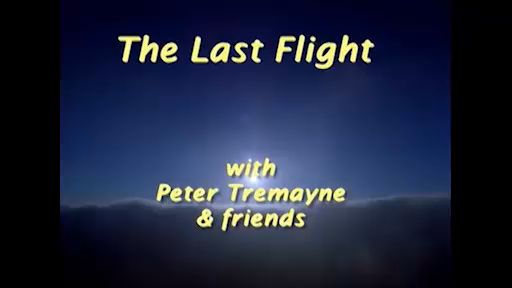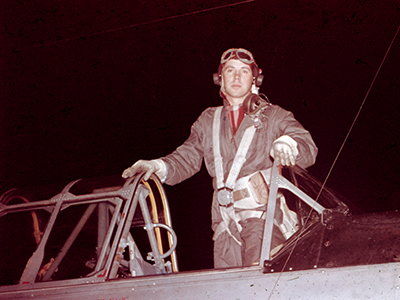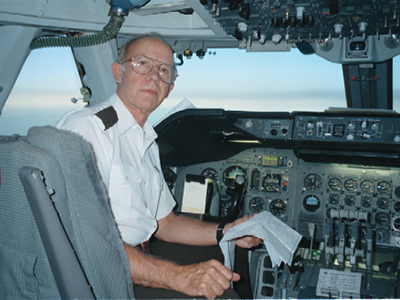The Memory of Flying
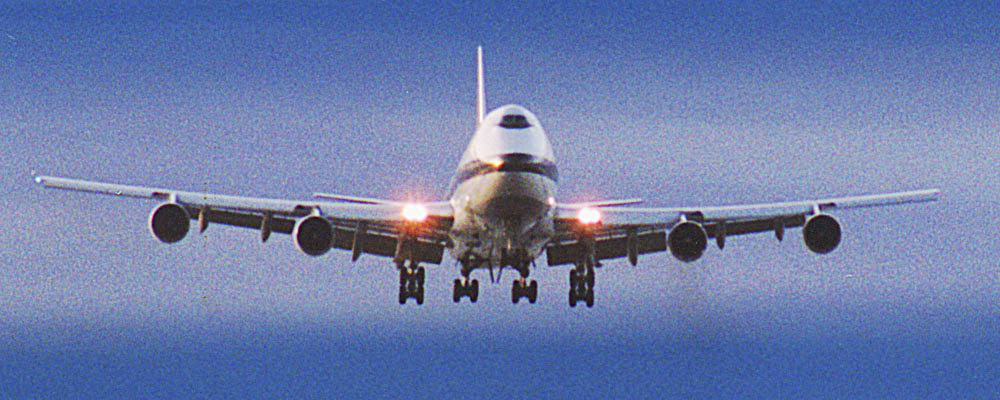
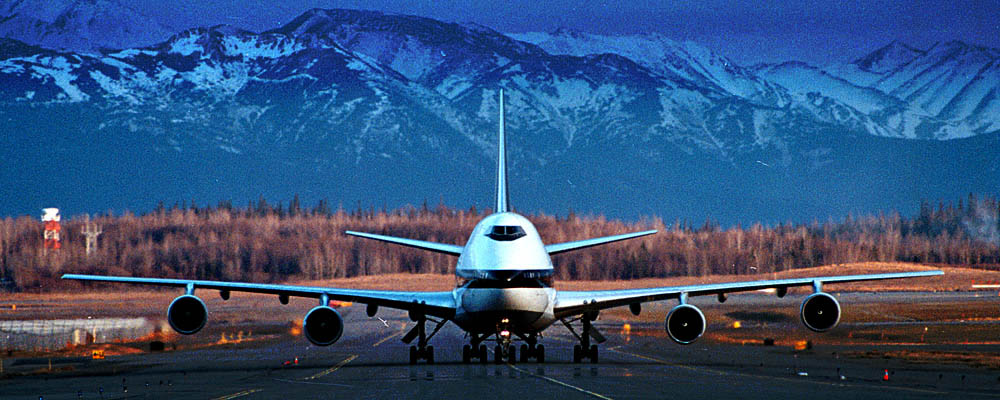
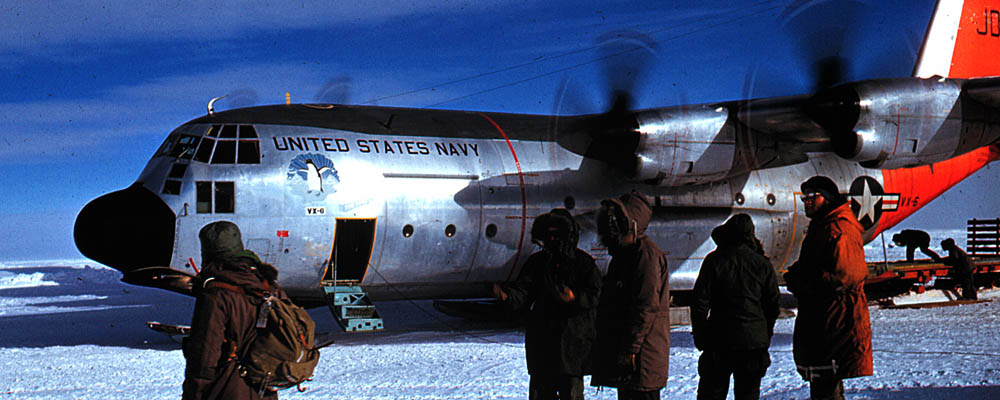
Video also on my Youtube Channel |
|
|
2015 Podcasts from Downunder ... my 42 years of Flying.Other Podcasts at www.dudesdownunder.com
|
|
|
|
|
Surviving a Lifetime of Flying and Climbing
Once there was flying, years and years of flying. Then it was climbing for years after - perhaps it should have always been that way? But I doubt I would have survived very long as a professional mountaineer. Being a pilot turned out to be a relatively save occupation. My father used to say “There are old pilots and bold pilots - but very few old, bold pilots”. I guess I remembered this throughout the years of flying, gradually becoming a thoroughly boring, but safe and surviving old pilot. Many of the hotshots I knew are either a long time dead, or renounced flying before it bit their arse. On the other hand, the mountaineers I climbed with in my youth had the odds stacked against them. No amount of alpine skill or savvy could protect them from the avalanche, the unexpected high altitude storm or the sudden collapse of a snow bridge across a crevasse.
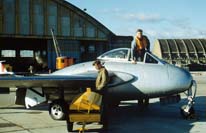 I've thought that the two callings, flying and mountaineering, would require similar personal attributes and desires. And yet, I seem to be one of the few pilots that possessed the level of stupidity, to climb as well as fly. My first association with professional mountaineers left me in no doubt as to their view of flying. “Bloody dangerous contraptions - did you ever see the body parts around a mountain crash site? Well, we have mate! That's why they make you wear those string vests. Really handy - all the body fluids drip through - we just tie the ends together and pack out the solid remains. No weight problem”! This from a bunch of crazy mountain men who were lucky to see two climbing seasons through without being buried in an avalanche, launched into space by a rock fall or plunged into the cold blue hell of a deep crevasse.
I've thought that the two callings, flying and mountaineering, would require similar personal attributes and desires. And yet, I seem to be one of the few pilots that possessed the level of stupidity, to climb as well as fly. My first association with professional mountaineers left me in no doubt as to their view of flying. “Bloody dangerous contraptions - did you ever see the body parts around a mountain crash site? Well, we have mate! That's why they make you wear those string vests. Really handy - all the body fluids drip through - we just tie the ends together and pack out the solid remains. No weight problem”! This from a bunch of crazy mountain men who were lucky to see two climbing seasons through without being buried in an avalanche, launched into space by a rock fall or plunged into the cold blue hell of a deep crevasse.
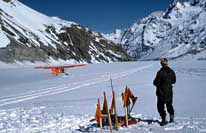 In reality, we had profound respect for each others' craziness. For years I secretly coveted the desire to be an alpine guide. To possess the quiet courage, the control, the obvious fear that was so much a part of their lives, became a compelling goal. As it happened, I eventually returned to climbing as an amateur, at the rather tattered and worn-out age of 44. Now, at age 78, I'm still out there on the mountains having a wonderful time: stumbling, hacking, coughing, sometimes scared, but mostly keeping fit. Perhaps the secret is that I've chickened out below more summits than I can remember, which means I'm still alive to chicken out another day!
In reality, we had profound respect for each others' craziness. For years I secretly coveted the desire to be an alpine guide. To possess the quiet courage, the control, the obvious fear that was so much a part of their lives, became a compelling goal. As it happened, I eventually returned to climbing as an amateur, at the rather tattered and worn-out age of 44. Now, at age 78, I'm still out there on the mountains having a wonderful time: stumbling, hacking, coughing, sometimes scared, but mostly keeping fit. Perhaps the secret is that I've chickened out below more summits than I can remember, which means I'm still alive to chicken out another day!
All this may sound rather cavalier, but in reality, when I sit down to write about my many near misses - in the sky and on mountains - I become somewhat alarmed and agitated about my continued existence. Was my survival more good luck than good management? Some answers to that question can be found in Laurence Gonzales Deep Survival - Who lives, Who dies, and Why ©2005. In this fine book, Gonzales illuminates the essence of 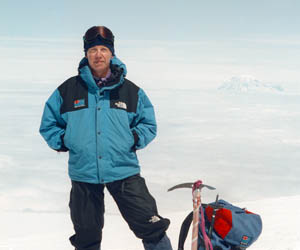 the true survivor - the internal battles that are waged between fear and hope, reason and emotion, despair and correct action. To best illustrate the last item, I'll tell you that one of the most irritating bumper stickers I’ve seen on the highways of America is GOD IS MY CO-PILOT. Believe me, I’ve got nothing against gods of whatever flavor, but I do have serious reservations about certain copilots. Firstly, God
the true survivor - the internal battles that are waged between fear and hope, reason and emotion, despair and correct action. To best illustrate the last item, I'll tell you that one of the most irritating bumper stickers I’ve seen on the highways of America is GOD IS MY CO-PILOT. Believe me, I’ve got nothing against gods of whatever flavor, but I do have serious reservations about certain copilots. Firstly, God 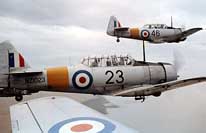 must really be upset at this implied association with the term copilot, and as a fortytwo year veteran in the fine art of aviation, I remain skeptical of God’s usefulness in the airplane cockpit. My best guess as to why I survived the many years in the sky, was the reliance on my own ability, always limited, but apparently enough to get by. Sometimes I had the dubious pleasure of sharing cockpits with copilots who cozied up to their holy books - not many thank God, but enough to make me very nervous of their possible reaction to a sudden in-flight emergency. Would they throw themselves on the mercy of the Big Guy, or simply do their bloody job and help to solve a nasty problem that could kill us all?
must really be upset at this implied association with the term copilot, and as a fortytwo year veteran in the fine art of aviation, I remain skeptical of God’s usefulness in the airplane cockpit. My best guess as to why I survived the many years in the sky, was the reliance on my own ability, always limited, but apparently enough to get by. Sometimes I had the dubious pleasure of sharing cockpits with copilots who cozied up to their holy books - not many thank God, but enough to make me very nervous of their possible reaction to a sudden in-flight emergency. Would they throw themselves on the mercy of the Big Guy, or simply do their bloody job and help to solve a nasty problem that could kill us all?

What really changed in my 42 years of Aviation?
Aviation in New Zealand in 1957, the year I first learnt to fly, had advanced little since the end of WW II. The only turbojet engine powered aircraft 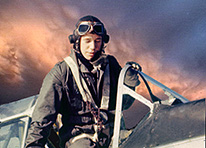 in the skies above New Zealand were DH Vampire fighter-bombers, operated by the Royal New Zealand Air Force [RNZAF]. Indeed, for over two decades after WW II, contrails crossing our remote southern skies were the product solely of RNZAF jets ... Vampire fighters and Canberra bombers. It was not until the mid 1960's that commercial jets were flying in New Zealand skies: DC-8's with Air New Zealand [ANZ] and B-737's with National Airways Corporation [NAC]. Both ANZ and NAC were equipped with turboprop aircraft in the late 1950's: ANZ with Lockheed Electra L-188's and NAC with Vickers Viscount's and Fokker F27's ... commercial aircraft types that were already outdated, but a generation ahead of the DC-6 and DC-3's they replaced in the respective fleets. Another limitation with New Zealand aviation was the lack of a ground infrastructure to support modern aircraft: No area radar, no approach radar, no VOR/DME or TACAN radio beacons, no ILS approach systems and no long runways at the main commercial airfields.
in the skies above New Zealand were DH Vampire fighter-bombers, operated by the Royal New Zealand Air Force [RNZAF]. Indeed, for over two decades after WW II, contrails crossing our remote southern skies were the product solely of RNZAF jets ... Vampire fighters and Canberra bombers. It was not until the mid 1960's that commercial jets were flying in New Zealand skies: DC-8's with Air New Zealand [ANZ] and B-737's with National Airways Corporation [NAC]. Both ANZ and NAC were equipped with turboprop aircraft in the late 1950's: ANZ with Lockheed Electra L-188's and NAC with Vickers Viscount's and Fokker F27's ... commercial aircraft types that were already outdated, but a generation ahead of the DC-6 and DC-3's they replaced in the respective fleets. Another limitation with New Zealand aviation was the lack of a ground infrastructure to support modern aircraft: No area radar, no approach radar, no VOR/DME or TACAN radio beacons, no ILS approach systems and no long runways at the main commercial airfields.
 So this was my aviation heritage: learning to fly in WW II piston powered airplanes above a country devoid of modern radio navigation aids; with airplane cockpit instruments and navigation equipment to match. From 1957 through 1967, I was destined to operate airplanes with one or two ADF's that provided relative bearings on fixed cards, an ancient DME system [Rebecca] that required a professional navigator to interpret, a drift sight, a sextant and astro-compass ... understood only by the navigator. Radio communication that was provided by steam-driven Marconi HF radios, probably first tested on RMS Titanic, which required the full attention of a professional radio operator using a Morse key. VHF comms were made from a 10 or 20 channel fixed frequency unit, in which crystals had to be changed in-flight on international operations. To make it worse, these primitive avionics were all powered by British Lucas Electrics ... the Prince of Darkness ... guaranteed to keep you in the dark!
So this was my aviation heritage: learning to fly in WW II piston powered airplanes above a country devoid of modern radio navigation aids; with airplane cockpit instruments and navigation equipment to match. From 1957 through 1967, I was destined to operate airplanes with one or two ADF's that provided relative bearings on fixed cards, an ancient DME system [Rebecca] that required a professional navigator to interpret, a drift sight, a sextant and astro-compass ... understood only by the navigator. Radio communication that was provided by steam-driven Marconi HF radios, probably first tested on RMS Titanic, which required the full attention of a professional radio operator using a Morse key. VHF comms were made from a 10 or 20 channel fixed frequency unit, in which crystals had to be changed in-flight on international operations. To make it worse, these primitive avionics were all powered by British Lucas Electrics ... the Prince of Darkness ... guaranteed to keep you in the dark!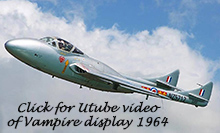
From my distant perspective in the year 2017, was New Zealand aviation in the late 1950's keeping up with the latest technology and development? Definitely not! I'd been trained in the wrong country for that. We were light-years behind what had been happening in America and the United Kingdom. The photos below were taken by me in 1958 at RNZAF Base Ohakea ... airplanes beyond our wildest dreams that had been designed, built and operated by the USAF and the RAF for many years. This same year, the YF-12A, that would become the SR-71, was already on the design boards and would first fly in 1963. In the UK, the TSR-2 and Concorde were also in their early design stages, with the TSR-2 first flight in 1964 and the Concorde in 1969.
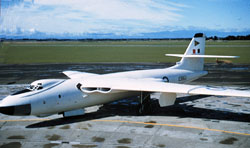 |
A Vickers Valiant V-Bomber operated by RAF Bomber Command - first flight 1951 |
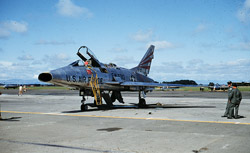 |
A F100 Super Sabre operated by the USAF - first flight 1953 |
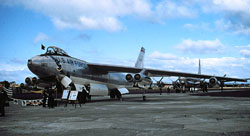 |
A B-47 Stratojet strategic bomber operated by the USAF - first flight 1947 |
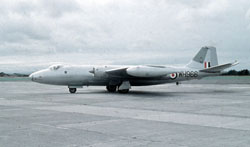 |
A Canberra B-2 light bomber operated by the RAF - first flight 1949 |
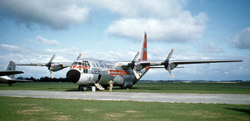 |
A Lockheed C-130A Hercules operated by the USAF - first flight 1954 |
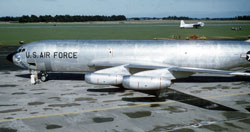 |
A Boeing KC-135 Stratotanker operated by the USAF - first flight 1956. |
See the RNZAF 21st Anniversary Airshow: Ohakea 1958 YouTube Video
Looking back from 2017 to the first twelve years of my flying career, I submit that there's been no significant advances in those 47 years with basic airframe design, particularly in commercial aviation. The airplanes have got bigger [in some cases, smaller], with improved engine design: more power, less weight, quieter, more reliable and with vastly improved fuel efficiency. But the airliners flying today are simply derivatives of that Boeing KC -135 that first flew in 1956. They still have pod engines hanging from similarly swept wings and fly at the same subsonic speeds at altitudes up to 42,000 feet. There's been no advances on the magnificent Concorde design, no Ramjet engines and no more men on the Moon!
Which brings me to the point of this discussion. In my opinion, from personal experience, what really did change the flying game from my early years was the brilliant advances in navigation, cockpit instrumentation, computerization and communications. The dramatic shifts that I experienced during my 42 years, particularly with oceanic navigation, are explored in other sections of this website. To highlight that change, let me remind you of 9-11.
September 13, 2001
Shortly before our world changed forever, I’d hiked 120 miles along the great American highway in the sky [The 2,600 mile Pacific Crest Trail], returning to the sweetness of my home in a mood as mellow as the Indian Summer that blanketed the country in that tragic second week of September in the first year of the new millennium. Those four airplanes, flown into the buildings and hearts of the American people by a band of Arab savages, were equipped with the most advanced navigation and guidance systems ever developed; designed to provide a simplicity of operation in the most complex of air maneuvers. What irony, to have our own ingenious technology used as weapons against us by a medieval society of fanatics with a ferocity and callousness unequaled in modern times. That very simplicity enabled these suicidal maniacs, of very limited piloting ability, to navigate and fly these large jet airliners to their selected targets.
In this brave new world of GPS, there are people out there who navigate their automobiles around city streets with pin-point accuracy, know how to spell BMW, but nothing of magnetic compasses, rhumb lines or conic projections. And, more scary these days, there are illiterate desert goat herders who can direct a nuclear missile from their mud hut to downtown Tel Aviv … or fly a complex passenger jet into tall buildings of the Big Apple. So much for progress!
But it wasn’t always so. GPS is a very recent instrument in the toolbox for finding one’s way around the world. In the pre GPS world ... not more than twenty years ago, we really didn’t have much of an idea where the bloody hell we were and I’ll tell you what it was like for me … now if I can just remember where I’ve been all these years.
As an ex-pat New Zealander living in the USA the last 32 years, I must point out the irony of the current aviation scene in that country. The only turbojet powered airplanes now flying in the skies above New Zealand are either commercial airliners or toys for rich boys ... vintage "warbird" jets. The RNZAF lost its fighter, strike and trainer jets to the political schemes of successive left-wing Labour governments who needed the taxpayers' money to fund entitlement programs for the lazy, the useless and the clueless. Cry my beloved country!
©2017 Peter Tremayne, Reno NV



